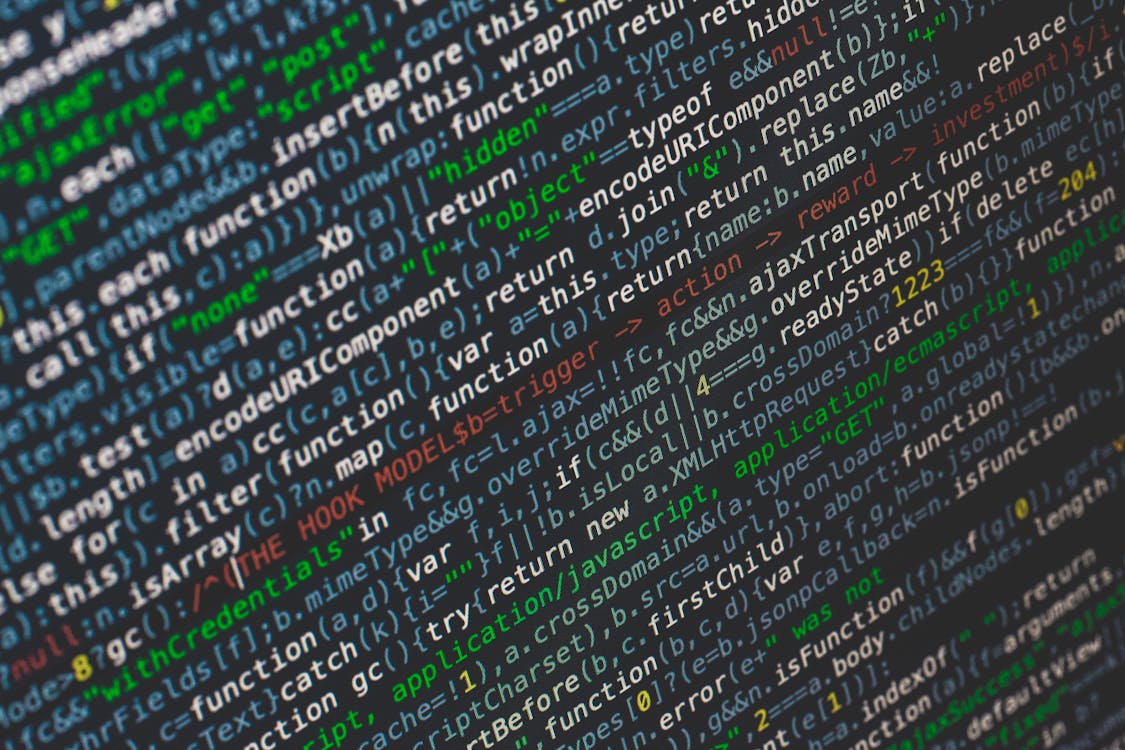The Best Programming Languages For Data Analysis
Author: ChatGPT
February 28, 2023
Introduction
Data analysis is an important part of any business or organization. It helps to identify trends, patterns, and correlations in data that can be used to make informed decisions. As such, it is essential for businesses and organizations to have access to the right tools and programming languages for data analysis. In this blog post, we will explore the best programming languages for data analysis and how they can help you get the most out of your data.

Python
Python is one of the most popular programming languages for data analysis. It is a high-level language that is easy to learn and use, making it ideal for beginners. Python also has a wide range of libraries and frameworks that make it easy to perform complex tasks such as machine learning, natural language processing, and web scraping. Python also has a large community of developers who are constantly creating new tools and libraries that make it even easier to work with data.
Python is also highly extensible, meaning that you can easily add new features or customize existing ones without having to rewrite code from scratch. This makes it ideal for quickly prototyping new ideas or testing out different approaches to data analysis. Additionally, Python has excellent support for working with databases such as MySQL and PostgreSQL which makes it easy to store and query large datasets.

R
R is another popular programming language used in data analysis. It was designed specifically for statistical computing and graphics which makes it well-suited for analyzing large datasets. R also has a wide range of packages available which provide additional functionality such as machine learning algorithms, natural language processing tools, web scraping libraries, and more. Additionally, R has excellent support for working with databases which makes it easy to store and query large datasets.
R also has a strong community of developers who are constantly creating new packages that extend its capabilities even further. This makes R an excellent choice if you need access to specialized tools or algorithms that are not available in other languages such as Python or Java. Additionally, R's syntax is relatively simple which makes it easier to learn than some other languages such as Java or C++.

JavaScript
JavaScript is another popular programming language used in data analysis due its flexibility and ubiquity across the web. JavaScript can be used both on the client side (in web browsers) as well as on the server side (in NodeJS). This makes JavaScript an ideal choice if you need your data analysis application to run both on desktop computers as well as mobile devices such as smartphones or tablets. Additionally, JavaScript has excellent support for working with databases which makes it easy to store and query large datasets from within your application codebase without having to rely on external services or APIs.
JavaScript also has a wide range of libraries available which provide additional functionality such as machine learning algorithms, natural language processing tools, web scraping libraries, visualization tools, etc., making it an excellent choice if you need access to specialized tools or algorithms not available in other languages such as Python or R . Additionally, JavaScript's syntax is relatively simple which makes it easier to learn than some other languages such as Java or C++ .

Julia
Julia is a relatively new programming language designed specifically for scientific computing tasks such as numerical computing and data analysis . Julia combines the speed of compiled languages like C/C++ with the ease-of-use of interpreted languages like Python/R . This makes Julia an ideal choice if you need fast performance but don't want the hassle of dealing with complex compilation processes . Additionally , Julia has excellent support for working with databases , making it easy to store and query large datasets from within your application codebase without having to rely on external services or APIs .
Julia also has a wide range of packages available which provide additional functionality such as machine learning algorithms , natural language processing tools , web scraping libraries , visualization tools , etc., making it an excellent choice if you need access to specialized tools or algorithms not available in other languages such as Python or R . Additionally , Julia's syntax is relatively simple which makes it easier to learn than some other languages such as Java or C++ .
In conclusion , there are many different programming languages available today that can be used for data analysis tasks . Each language offers its own unique advantages depending on your specific needs . However , some of the most popular choices include Python , R , JavaScript , and Julia . All four offer powerful features that make them well-suited for analyzing large datasets quickly and efficiently .

